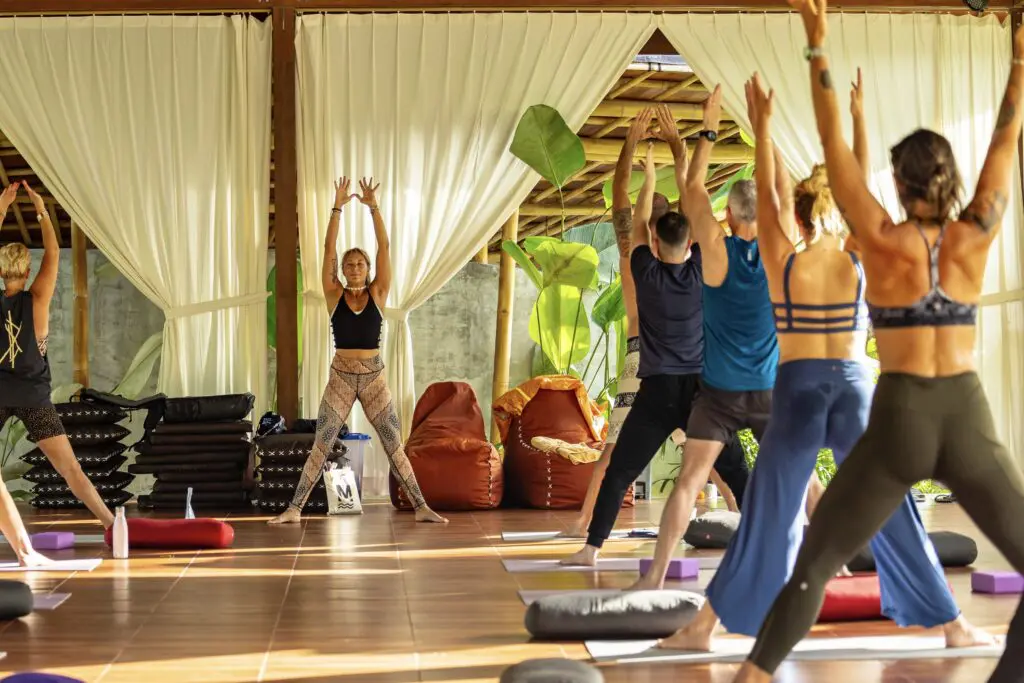Hot Yoga definition (+Bikram) Tips, benefits, safety [2025]
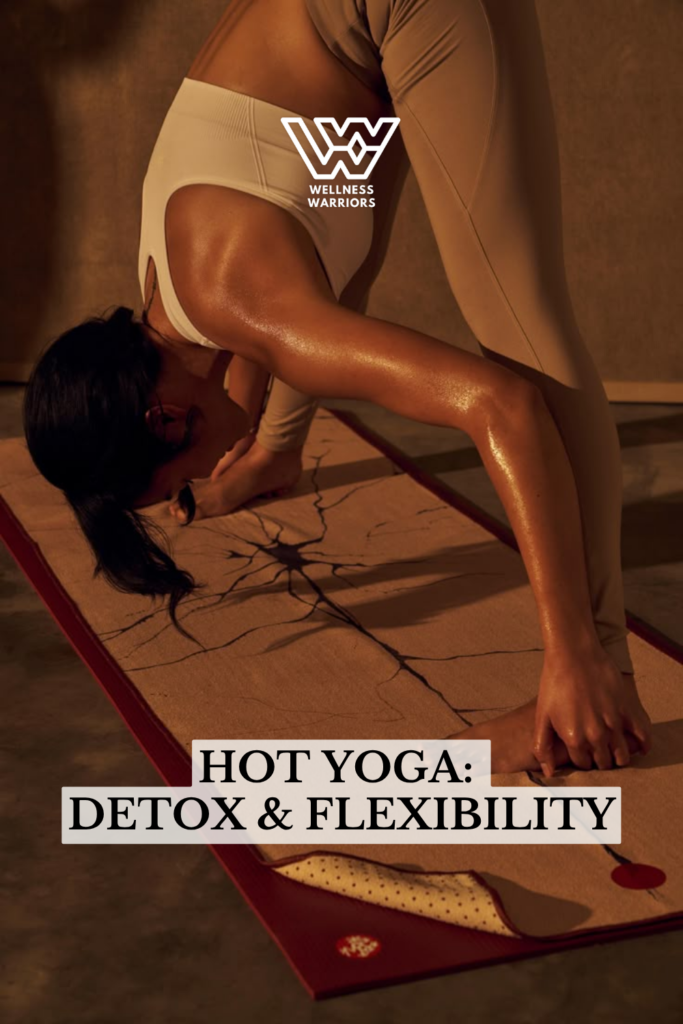
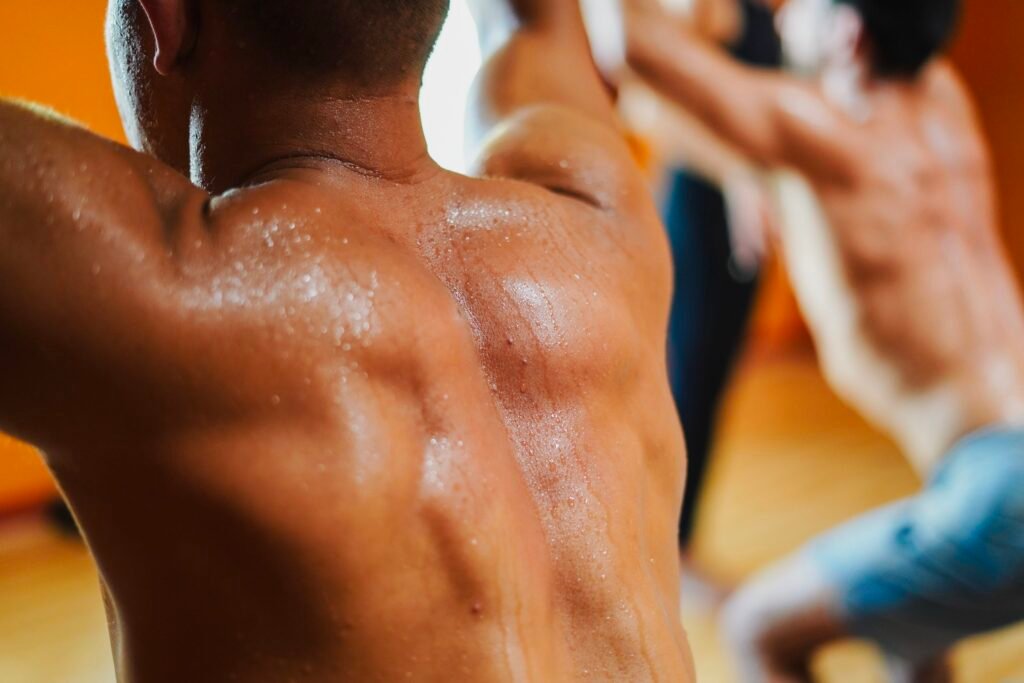
In the ever-evolving landscape of wellness and fitness, hot yoga has emerged as a popular and invigorating practice that combines the ancient wisdom of yoga with the intensity of a heated environment. This comprehensive guide delves into the world of hot yoga, exploring its origins, benefits, techniques, and the essential equipment needed to embark on this transformative journey.
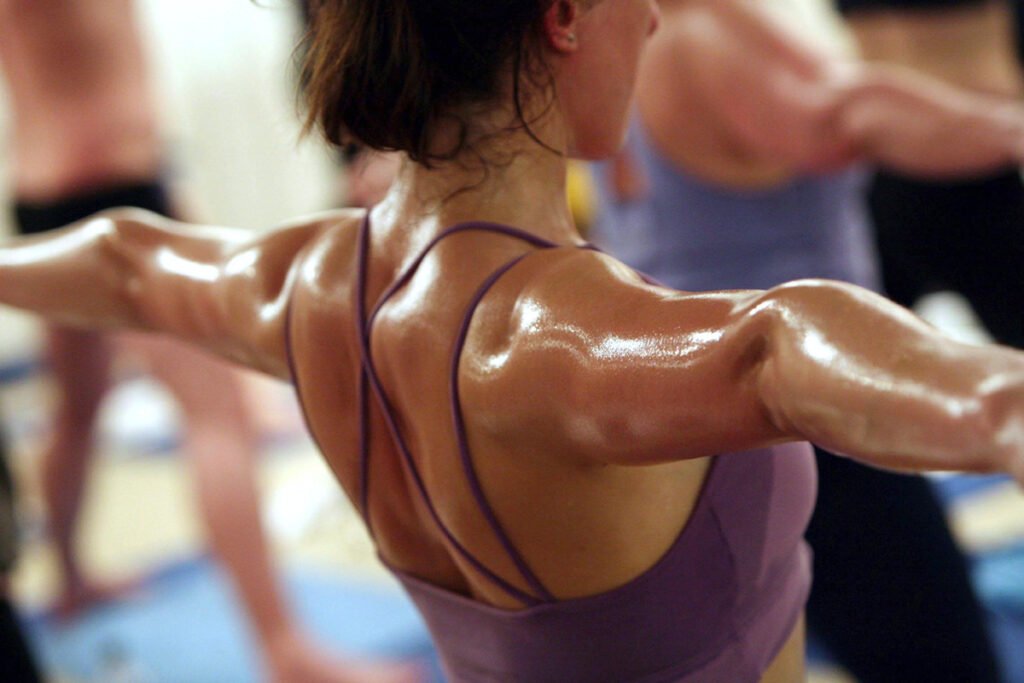
The Essence of Hot Yoga
Hot yoga is an umbrella term encompassing various styles of yoga practiced in heated environments, typically ranging from 80 to 105 degrees Fahrenheit (approximately 26.6 to 40.5 degrees Celsius). This heated practice is designed to replicate the warm climate of India, where yoga originated, and to enhance the physical intensity of the workout. The combination of traditional yoga postures with elevated temperatures creates a unique and challenging experience that has captivated practitioners worldwide.
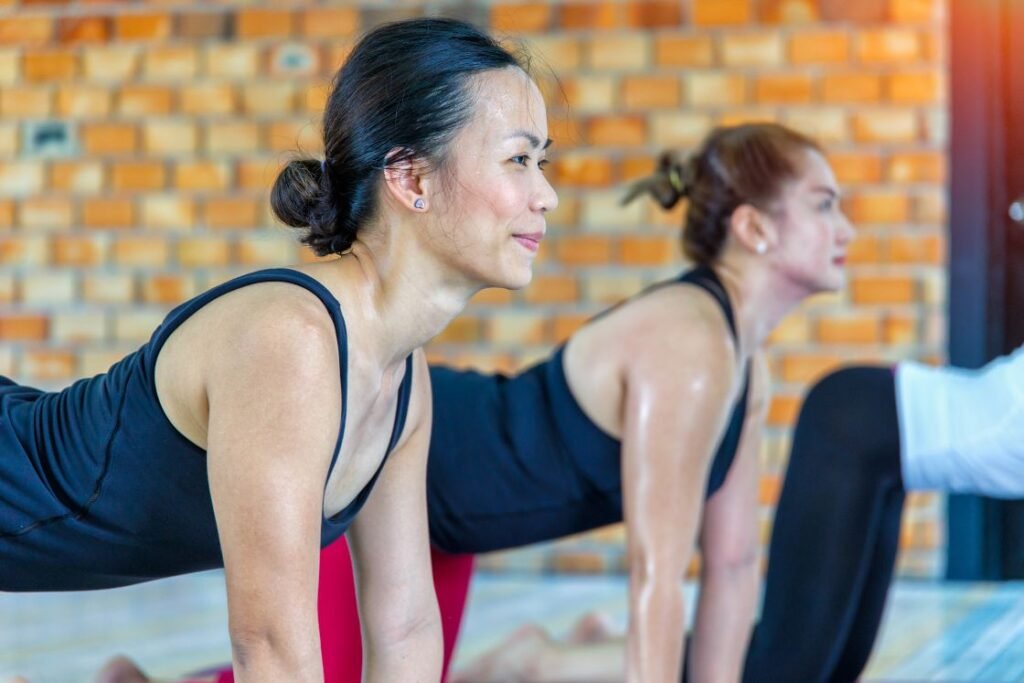
A Brief History: From Ancient Roots to Modern Practice
The concept of practicing yoga in heated conditions can be traced back to ancient India, where ascetic practices known as “tapasya” were prevalent. These rigorous physical and mental disciplines often involved extreme environmental conditions, including intense heat, as a means of cultivating spiritual growth and self-discipline. Yogis would subject themselves to the scorching sun or perform poses in heated caves or near fire pits, believing in the purifying effects of heat on body and mind.
However, the modern iteration of hot yoga, as we know it today, owes much of its popularity to Bikram Choudhury, an Indian yoga teacher who developed a specific style in the early 1970s. Bikram Yoga, consisting of a sequence of 26 postures and two breathing exercises performed in a room heated to 105 degrees Fahrenheit with 40% humidity, was designed to replicate the climate of India and enhance the benefits of the practice.
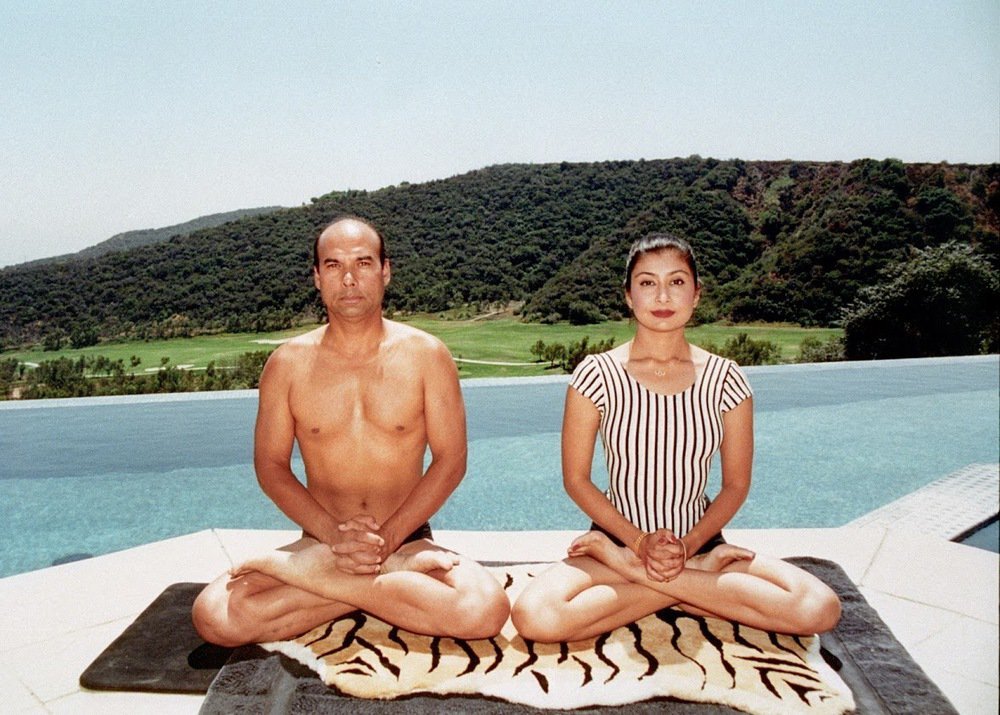
Choudhury’s innovation was inspired by his experiences in Japan, where he noticed the benefits of heat during yoga practice. Initially heating his classes to 28 degrees Celsius (about 82 degrees Fahrenheit), he later increased the temperature to 40 degrees Celsius (104 degrees Fahrenheit) to intensify the workout experience .As Bikram Yoga gained traction, it paved the way for various styles and adaptations of hot yoga.
Vinyasa-based hot yoga introduced flowing sequences synchronized with breath, while Power Yoga brought strength-building and dynamic movements into heated rooms. Other styles, such as Moksha Yoga (also known as Modo Yoga), emerged with a focus on environmental sustainability and community. These variations have expanded the hot yoga landscape, offering practitioners a diverse range of options to suit their preferences and goals.
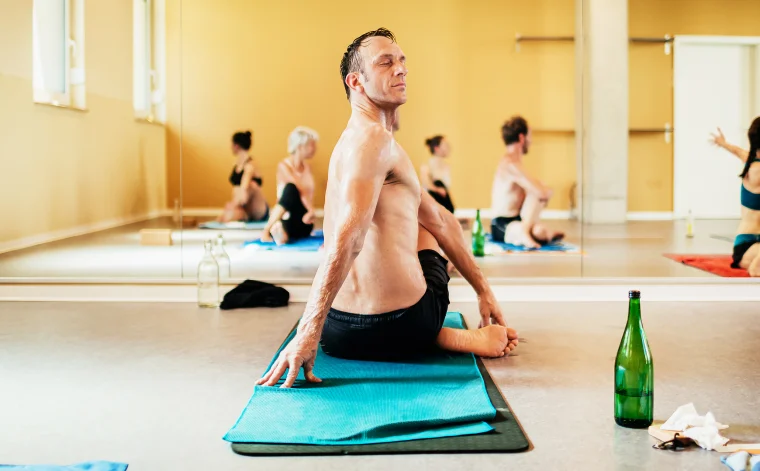
What about Bikram? All that you have to know
Bikram yoga, often referred to as the “original hot yoga,” is a unique and intense form of yoga practice developed by Bikram Choudhury in the late 1960s and early 1970s . This style of yoga is characterized by a specific sequence of 26 postures and two breathing exercises performed in a heated room, typically set to 105°F (40.6°C) with 40% humidity.
The heated environment is designed to replicate the climate of India, where yoga originated, and is believed to enhance flexibility, promote detoxification through profuse sweating, and reduce the risk of injury. A typical Bikram yoga session, also known as a Bikram yoga class, lasts for 90 minutes and follows a rigorous, standardized format. Practitioners perform the same sequence of poses in every class, which includes standing poses, backbends, and twists, among others. The consistency of the sequence allows students to track their progress over time and deepen their practice.
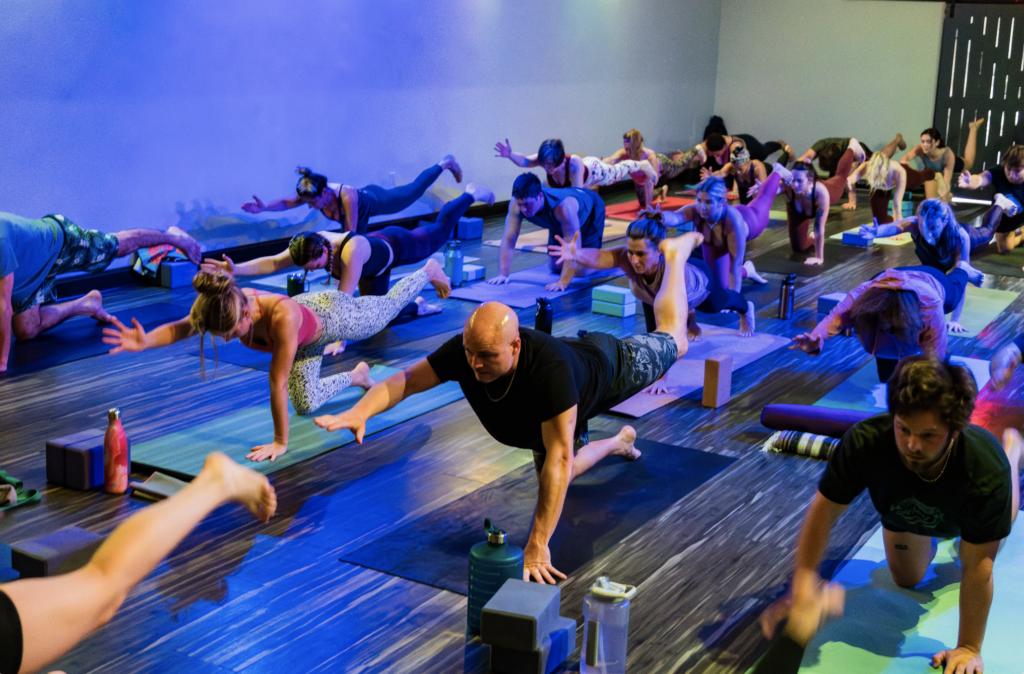
The benefits of hot yoga, particularly Bikram yoga, are numerous and well-documented. Studies have shown that regular practice can lead to improved flexibility, increased strength (especially in the lower body), enhanced cardiovascular fitness, and better bone density. Additionally, Bikram yoga has been associated with stress reduction, improved mental clarity, and better sleep quality.
For inactive adults looking to improve their health-related quality of life, Bikram yoga can be an effective way to increase physical fitness and overall well-being. The practice offers a full-body workout that combines strength training, flexibility, and cardiovascular exercise in a single session. However, it’s crucial for beginners and those with health conditions to approach the practice cautiously and consult with a healthcare professional before starting .
Get to know about Yin Yoga for balance body and mind
Despite its popularity and potential benefits, Bikram yoga has faced controversies, primarily related to its founder, Bikram Choudhury. Legal troubles, including allegations of sexual assault and financial improprieties, have led to an arrest warrant being issued for Choudhury in the United States. These issues have prompted many Bikram studios to rebrand themselves as “hot yoga” studios to distance themselves from the controversy while maintaining the practice.When practicing Bikram yoga, it’s essential to come prepared with the right equipment. A yoga mat designed for hot yoga, a water bottle for hydration, and appropriate clothing that can withstand high temperatures are crucial.
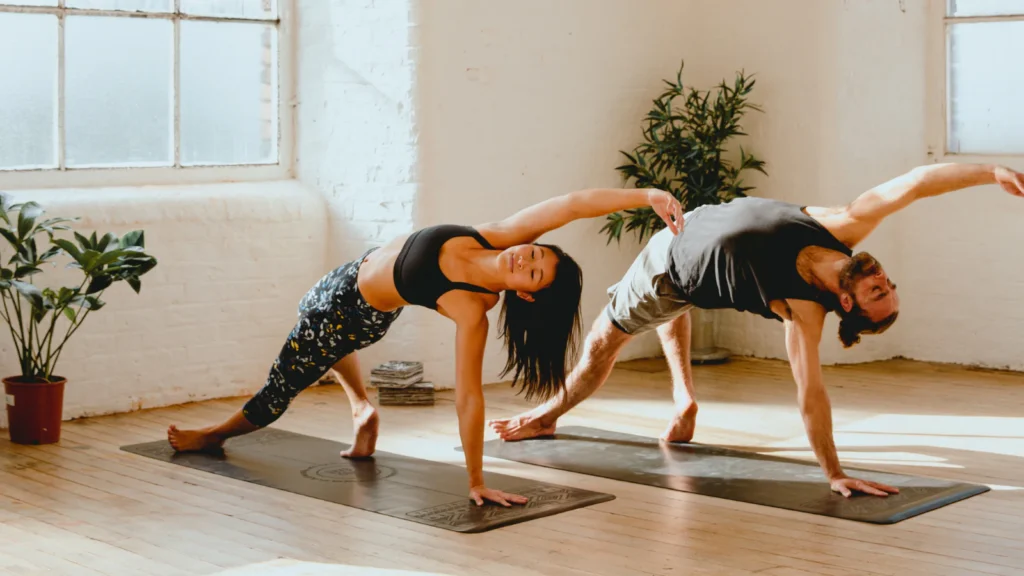
Many practitioners also bring towels to manage sweat and maintain grip on their mats. It’s important to note that while Bikram yoga can offer significant benefits, it also comes with potential risks. The high heat and humidity can lead to dehydration and heat-related illnesses if proper precautions are not taken. Overstretching is another concern, as the heat can make muscles more pliable, potentially leading to injury if not practiced mindfully.
In conclusion, Bikram yoga represents a unique and challenging approach to yoga practice that combines traditional poses with a heated environment. While it offers numerous physical and mental health benefits, it’s essential for practitioners to be aware of the potential risks and approach the practice with caution, especially if they have pre-existing health conditions or are new to yoga. Despite the controversies surrounding its founder, the practice of hot yoga continues to evolve and remains popular among those seeking an intense, sweat-inducing workout that combines physical challenge with mental focus.
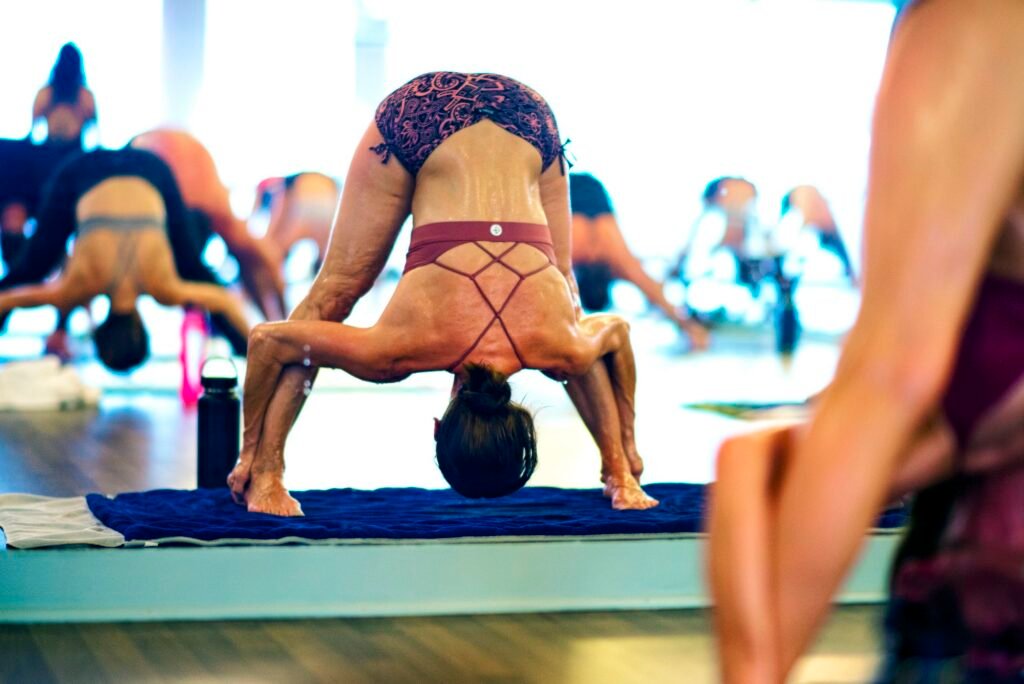
The Hot Yoga Experience: What to Expect
When you step into a hot yoga studio, you’re immediately enveloped in a warm, humid atmosphere that prepares your body for an intense and transformative practice. The heat is designed to warm up the muscles, allowing for deeper stretches and potentially reducing the risk of injury. As you move through the poses, you’ll notice increased heart rate and exertion levels, intensifying the workout and promoting a deeper mind-body connection.
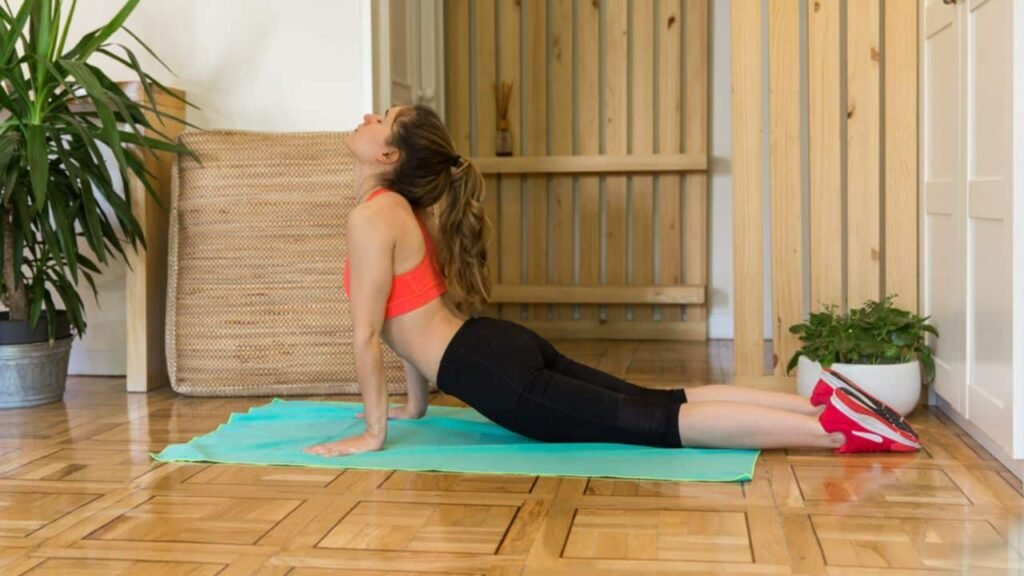
Hot yoga classes typically last between 60 to 90 minutes, during which you’ll engage in a series of postures designed to work every part of your body. The specific sequence and style can vary depending on the type of hot yoga you’re practicing. For instance, Bikram Yoga follows a rigid structure of 26 poses and two breathing exercises, while Power Vinyasa offers a more fluid and dynamic experience. Throughout the class, you’ll be encouraged to focus on your breath, using techniques like Ujjayi breathing to maintain a steady flow even in the heated room.
This focus on breath not only helps in managing the heat but also enhances concentration and promotes a meditative state.One of the most noticeable aspects of hot yoga is the amount of sweating you’ll experience. This profuse sweating is believed to aid in detoxification, flushing out toxins through the skin. However, it’s crucial to stay hydrated before, during, and after class to replenish the fluids lost through sweating.
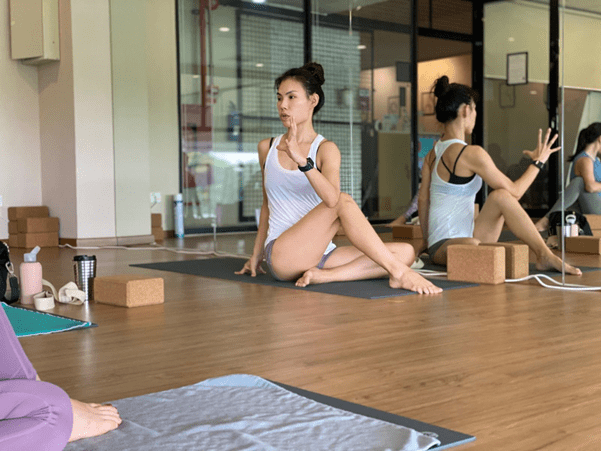
The Myriad Benefits of Hot Yoga
Hot yoga offers a plethora of physical and mental benefits that have contributed to its growing popularity in the wellness industry.
Here are some of the key advantages backed by scientific research and expert opinions:
- Increased Flexibility: The heat allows soft tissues to become more pliable, enhancing flexibility and range of motion. Studies have shown improvements in both lower and upper body flexibility among hot yoga practitioners .
- Stress Reduction: Hot yoga encourages mindfulness and relaxation, which can significantly reduce stress and anxiety levels. Research has demonstrated that participants experience reduced stress, contributing to overall mental well-being.
- Cardiovascular Fitness: The combination of heat and physical exertion in hot yoga can boost cardiovascular fitness. The practice makes the heart, muscles, and lungs work harder, potentially improving heart health and circulation.
- Mental Health Benefits: Hot yoga has been associated with improvements in mental health, including the treatment of depression. A Harvard study found that hot yoga might help reduce moderate-to-severe depression symptoms.
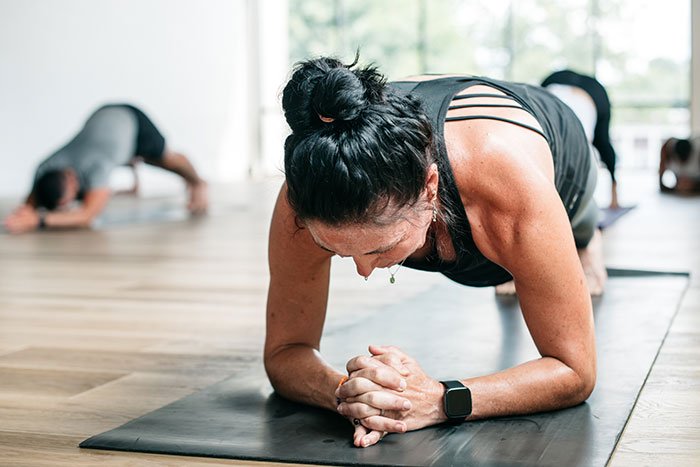
- Bone Density and Strength: Engaging in hot yoga can contribute to building bone density and muscle strength. Research indicates that Bikram yoga, in particular, improves lower body strength and balance.
- Weight Loss and Metabolism: The intense heat and physical exertion in hot yoga can lead to increased calorie burn, aiding in weight management. The practice also enhances metabolic rate, supporting weight loss efforts.
- Psychological Well-being: Beyond physical benefits, hot yoga has been shown to improve overall psychological well-being. Studies have demonstrated its potential as a positive psychology intervention, enhancing life satisfaction and emotional health.
- Enhanced Balance and Coordination: Practicing yoga in a heated environment can improve balance and coordination, which is particularly beneficial for older adults or those looking to enhance their physical stability.
These comprehensive health benefits make hot yoga an attractive option for those seeking a holistic approach to fitness and well-being.
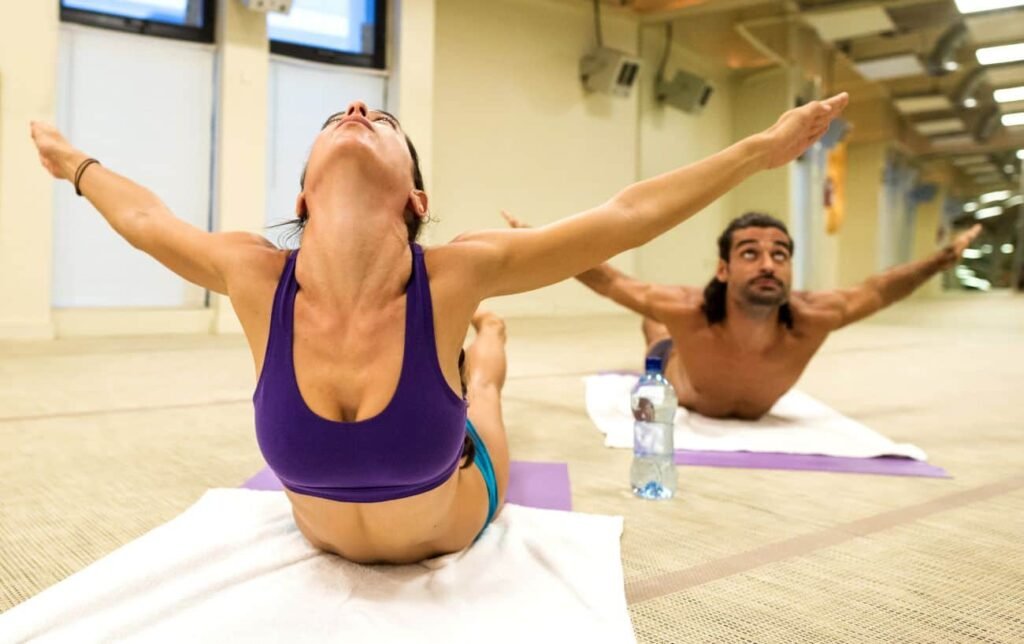
Types and Styles of Hot Yoga
Basically, any styles can be adapted to an heated environment . Bikram is the original and most famous
The world of hot yoga is diverse, offering various styles to suit different preferences and fitness goals.
Here are some of the most popular types:
- Bikram Yoga: This is perhaps the most well-known form of hot yoga. It consists of a fixed sequence of 26 postures and two breathing exercises, practiced in a room heated to approximately 105°F (40°C) with a humidity of 40%.
- Power Vinyasa Yoga: A more dynamic form that combines the heat of hot yoga with flowing movements. It’s less rigid than Bikram, allowing for more variation in sequences and poses.
- Moksha (or Modo) Yoga: These classes typically last 90 minutes and begin with a relaxation pose to center the mind. This style emphasizes environmental consciousness and community, often incorporating elements of meditation and breathwork.
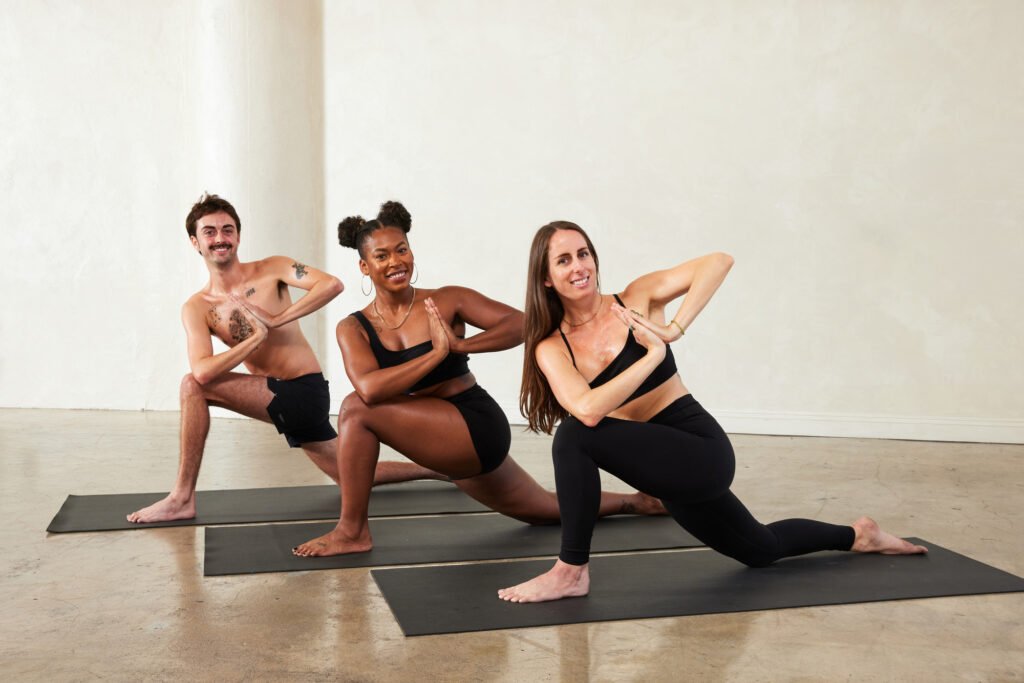
- Hot Power Yoga: Similar to Power Vinyasa, Hot Power Yoga focuses on building strength and flexibility through challenging poses performed in a heated room. It’s known for its vigorous pace and emphasis on physical fitness.
- Forrest Yoga: While not always practiced in a heated room, Forrest Yoga can be adapted to hot environments. It focuses on core strength, breath, and emotional healing, often incorporating intense sequences that challenge both body and mind.
- Baptiste Yoga: A form of Power Yoga often practiced in a heated room, emphasizing personal transformation and empowerment through a combination of asana (poses), meditation, and self-inquiry.
- CorePower Yoga: This modern style combines traditional yoga poses with strength training and cardio exercises, designed to provide a full-body workout in a heated environment.
Each of these styles offers unique benefits and challenges, catering to different preferences and fitness levels. Whether you’re looking for a structured practice like Bikram or a more fluid and dynamic experience like Power Vinyasa, there’s a hot yoga style that can meet your needs.
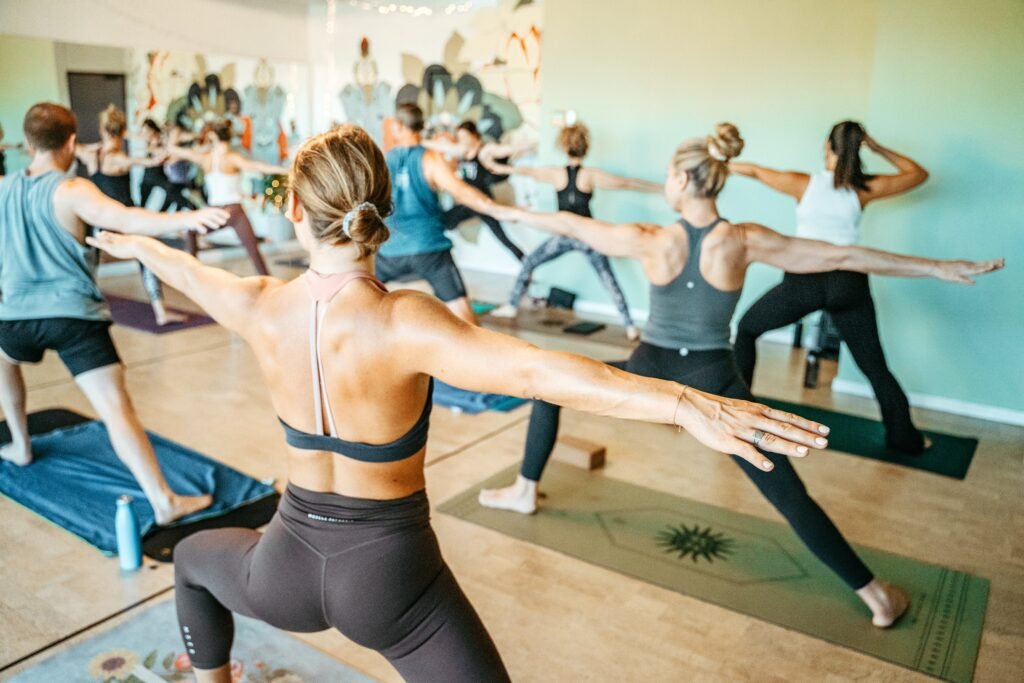
Essential Equipment and Proper Techniques
To get the most out of your hot yoga practice, it’s crucial to have the right equipment and employ proper techniques.
Here’s what you need to know:
Equipment:
- Yoga Mat: Invest in a high-quality, non-slip yoga mat designed specifically for hot yoga. These mats often have moisture-wicking properties to prevent slipping during intense sweating .
- Towels: Bring a large towel to cover your mat for added grip and a smaller towel to wipe off sweat. Specialized hot yoga towels are sized to fit standard yoga mats.
- Clothing: Opt for breathable, moisture-wicking athletic clothing. Lightweight shorts or leggings paired with a fitted tank top or sports bra can help you stay cool.
- Hydration Tools: Keep a large, insulated water bottle within reach. Consider adding electrolyte tablets to your water to replenish salts lost through sweat.
- Additional Props: Blocks, straps, and bolsters can provide support and aid in various poses, especially for beginners.
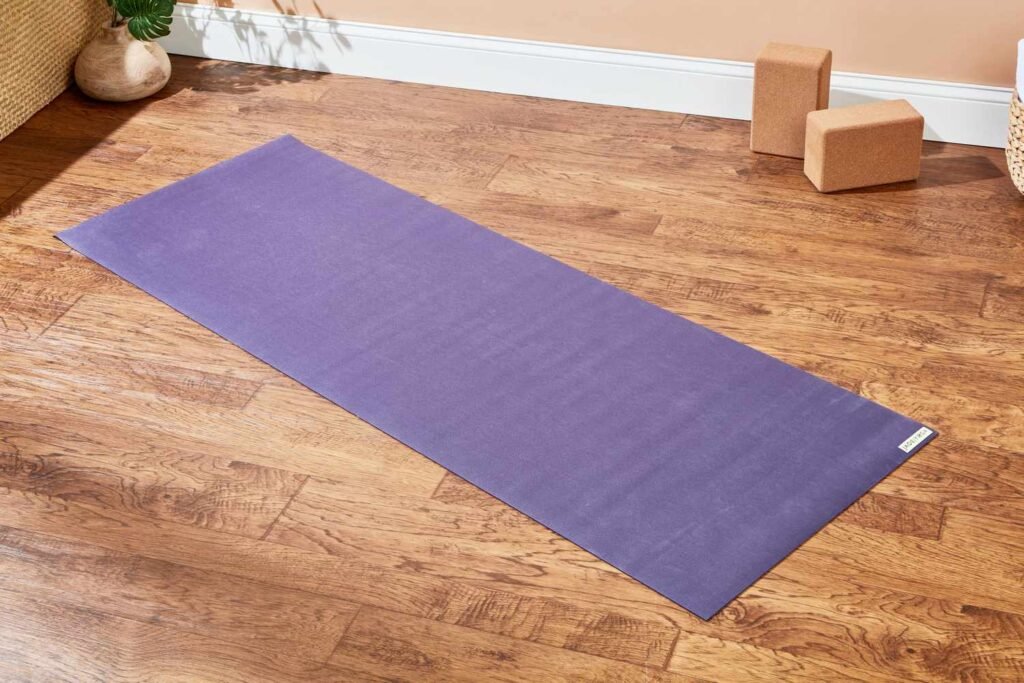
Techniques:
- Breathing: Master Ujjayi breathing, which involves a slight constriction in the throat to create an ocean-like sound. This technique helps maintain a steady flow of breath even in a heated room.
- Acclimatization: Gradually acclimate to the heat by starting with shorter sessions or lower heat settings. This helps your body adjust to the high temperatures.
- Pose Modifications: Don’t hesitate to modify poses as needed, especially if you’re a beginner or have medical conditions. This ensures safety and comfort during practice.
- Mindfulness: Practice mindfulness and focus on your breath to manage the heat effectively.
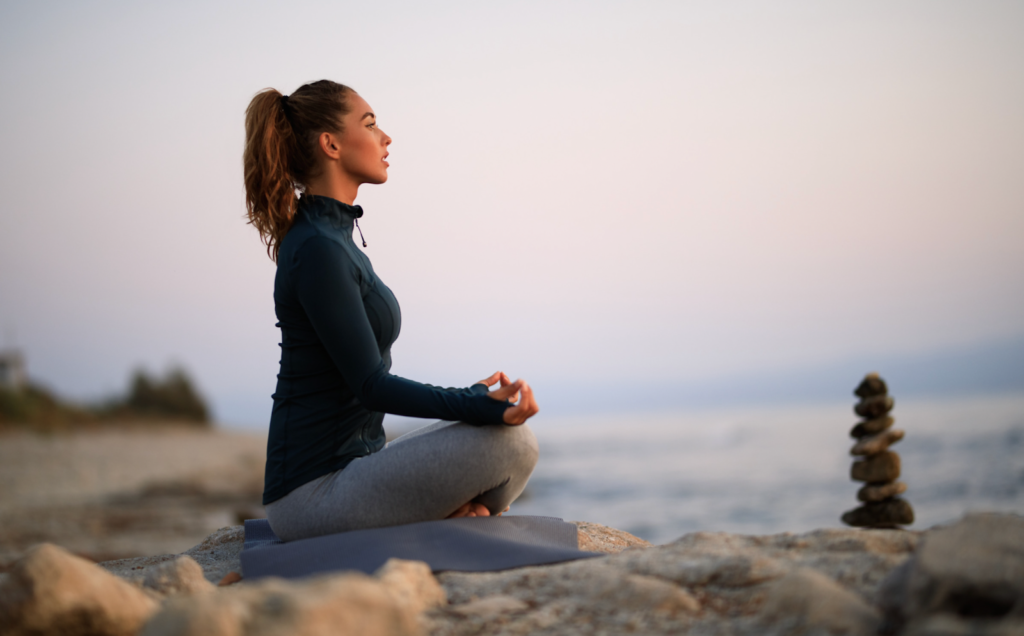
Creating the Ideal Hot Yoga Environment
Whether you’re practicing at home or in a studio, the right environment is crucial for a safe and effective hot yoga session.
Here are some key considerations:
- Temperature and Humidity Control: The room should be heated to between 95-105°F with around 40% humidity. This helps achieve the desired flexibility and detoxification benefits.
- Space and Insulation: Choose a room with enough space to move freely. The space should be well-insulated to maintain the heat effectively.
- Ventilation: Ensure good ventilation to manage humidity and fresh air flow. A small window or an exhaust fan can be beneficial.
- Flooring: Opt for non-slip flooring like cork or vinyl, which provides a stable, comfortable surface that’s easy to clean.
- Lighting and Ambiance: Proper lighting, preferably dimmable, and a sound system for music can enhance the practice environment. A clean, organized space reduces distractions and creates a natural focus.
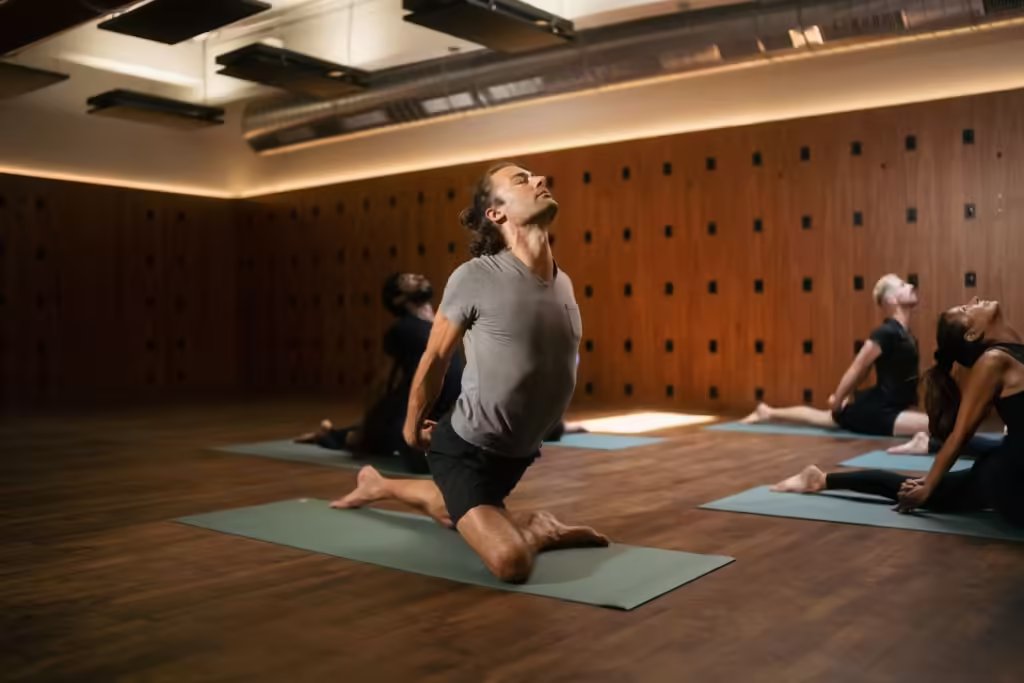
Precautions and Considerations
While hot yoga offers numerous benefits, it’s essential to be aware of potential risks and take necessary precautions:
- Dehydration: The high temperatures in hot yoga classes can lead to excessive sweating and dehydration. Drink plenty of water before, during, and after class to stay hydrated .
- Heat-Related Illnesses: Be aware of symptoms of heat exhaustion, such as dizziness, nausea, or headache. If you experience these symptoms, take a break and cool down.
- Overstretching: The heat can make muscles feel more flexible, potentially leading to overstretching. Be mindful of your body’s limits and avoid pushing too hard .
- Pre-existing Conditions: If you have any health conditions, especially heart disease, low blood pressure, or heat intolerance, consult with a healthcare provider before starting hot yoga.
- Gradual Progression: If you’re new to hot yoga, start with shorter sessions and gradually increase the duration and intensity as your body acclimates to the heat.
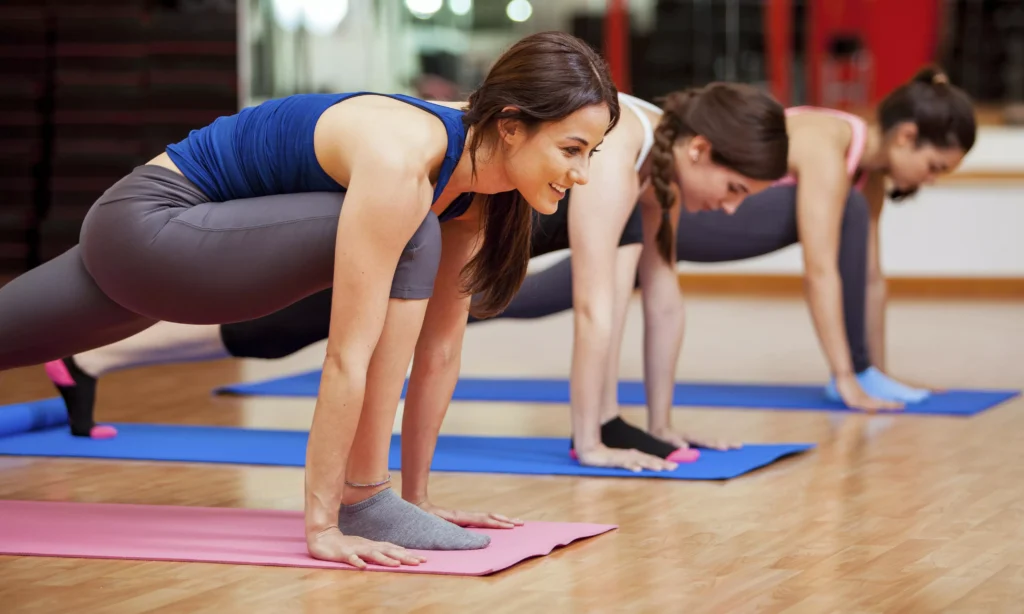
Embracing the Heat
Hot yoga offers a unique and challenging approach to yoga practice, combining the ancient wisdom of yoga with the intensity of a heated environment. From its roots in ancient Indian ascetic practices to its modern incarnations, hot yoga has evolved into a diverse and popular form of exercise that offers numerous physical and mental benefits.
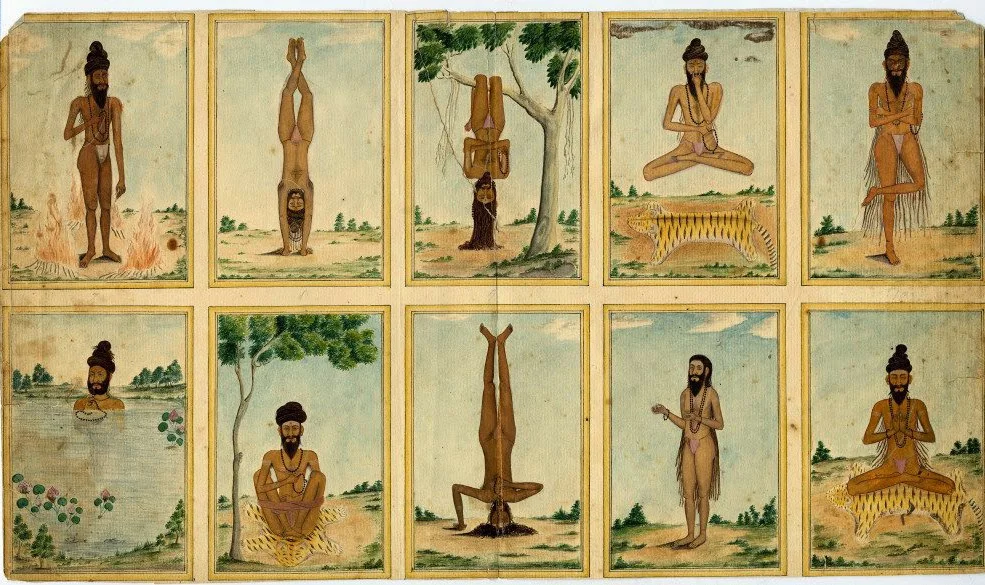
Whether you’re drawn to the structured sequence of Bikram Yoga or the flowing movements of Power Vinyasa, hot yoga provides an opportunity to challenge yourself, s. With the right equipment, techniques, and preimprove your flexibility, build strength, and cultivate mindfulnescautions, you can safely enjoy the transformative effects of this heated practice.
As the wellness industry continues to evolve, hot yoga remains a staple for those seeking a holistic approach to health and fitness. By understanding its history, benefits, and proper practice methods, you can embark on a hot yoga journey that not only transforms your body but also nourishes your mind and spirit. So roll out your mat, embrace the heat, and discover the powerful impact that hot yoga can have on your overall well-being.
